Women and Government House
4. Look across Military Road to Government House where many women served the community in war and peace.
As the wives of the governors, Government House has been the home to several influential and high-profile women.
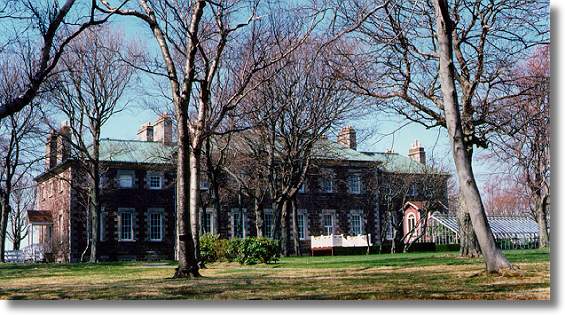
As one-half of the Vice-Regal party, the wife of the Governor was at the social centre of the upper classes in St. John's, a position that provided her with tremendous social power and influence. She could raise economic and material support for any project which interested her. As the leading upper-class woman, the Governor's wife was expected to involve herself in 'good works', to improve conditions in the colony of Newfoundland, to set an example for the rest of society, and to establish her own social pre-eminence.
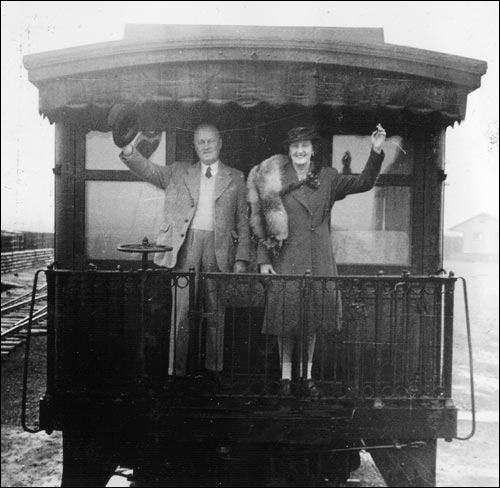
Lady Henrietta Hamilton (1780-1857)
Lady Henrietta Hamilton was the first wife of a Governor (Sir Charles Hamilton) to live in the colony while her husband served here from 1818 to 1824. Lady Hamilton, said by some to be pretty and of considerable intellect, was an amateur painter and portrait artist. She was responsible for preserving an important part of Newfoundland and Labrador history through her art. Her portrait of the Beothuk woman known as Demasduit - or Mary March - is the only visual record of a Beothuk woman. It has become a symbol of the Beothuk people.
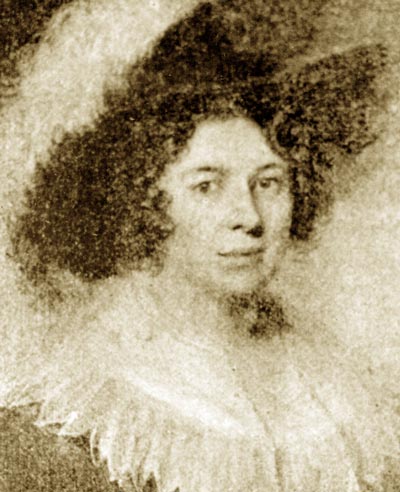
Lady Margaret Agnes Davidson (1871-1964)
In 1914 Lady Margaret Agnes Davidson (1871-1964), wife of the governor, founded the interdenominational Women's Patriotic Association. Over 700 women attended the founding meeting. During World War I, roughly 15,000 WPA volunteers from 208 branches across Newfoundland and Labrador raised money, made and shipped clothing and knitted goods, organized medical supplies such as bandages, and supported soldiers and their families. Many of the women who campaigned for women's suffrage led the organization.
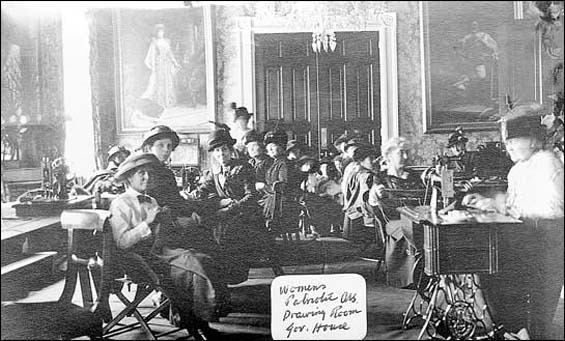
Lady Constance Maria Harris (? - 1941)
From 1917 to 1922, Lady Constance Maria Harris (? - 1941) directed the Women's Patriotic Association (WPA) and in 1920 established the Newfoundland Outport Nursing and Industrial Association (NONIA). NONIA raised money from the sale of hand knit garments to pay the salaries of public health nurses in rural Newfoundland and Labrador. Countless outport women earned small amounts of money and contributed to the health of their communities through this work.
Lady Edith Muriel Anderson (1883-1958) and Lady Eileen Mary Walwyn (1883 - 1973)
In the mid-1930s, Lady Edith Muriel Anderson (1883-1958) and Lady Eileen Mary Walwyn (1883 - 1973) founded and ran the Jubilee Guilds of Newfoundland and Labrador. The goal was to improve the quality of life in rural Newfoundland and Labrador through improved education and learning opportunities for women, income generating craft production and community service. Lady Walwyn acted as Patroness to other worthy causes such as the SPCA and the Girl Guides, as had other Governor's wives before her.
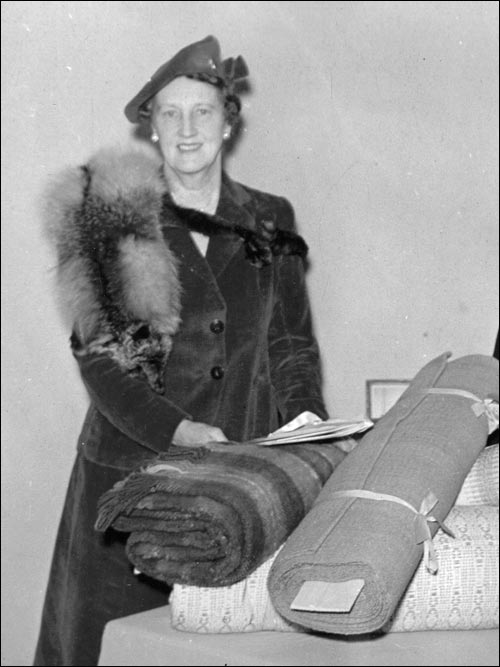
Each of these women worked tirelessly to improve the lives of people in St. John's and more broadly in Newfoundland and Labrador. They left their mark on a range of organizations and activities in the colony.
Previous Stop - Stella Burry | Next Stop - Julia Salter Earle




